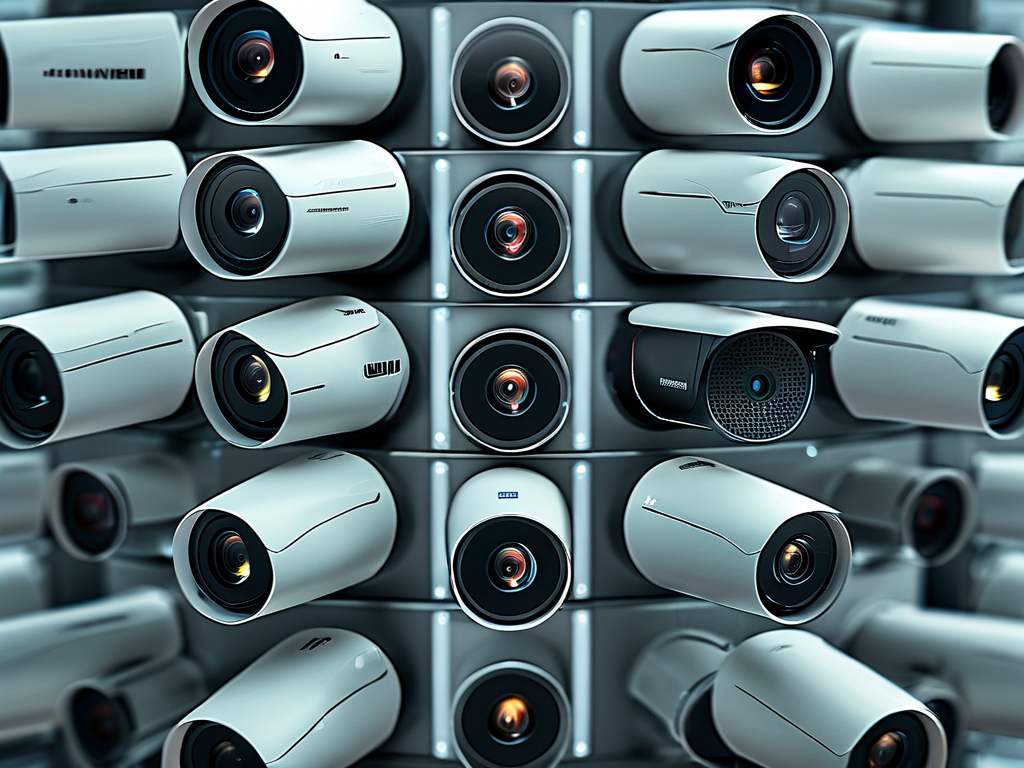In the rapidly evolving landscape of intelligent surveillance, Huawei's distributed camera architecture has emerged as a groundbreaking solution, redefining how modern security systems operate. By leveraging advanced distributed computing and seamless network integration, this innovative framework addresses critical challenges in scalability, real-time processing, and system resilience.

The Core Principles of Distributed Architecture
Traditional surveillance systems often rely on centralized processing, creating bottlenecks in data transmission and analysis. Huawei's approach decentralizes these operations by embedding computational capabilities directly into cameras. Each device functions as an independent node, capable of performing tasks like facial recognition, motion detection, and environmental analysis locally. This edge computing model significantly reduces latency, ensuring faster response times during critical events.
The architecture's true strength lies in its collaborative framework. Cameras within the network share processing resources dynamically, creating a self-optimizing ecosystem. For instance, if one camera detects suspicious activity, neighboring units automatically prioritize related data streams, enhancing situational awareness without human intervention.
Applications Across Industries
-
Smart Cities: Urban surveillance networks powered by Huawei's technology enable real-time traffic monitoring, crowd management, and emergency response coordination. In Shanghai, a pilot project using distributed cameras reduced incident resolution time by 40% through automated license plate recognition and behavior analysis.
-
Industrial Security: Manufacturing facilities benefit from the system's ability to monitor complex environments. Thermal imaging cameras integrated with vibration sensors can predict equipment failures, while distributed analytics ensure instant alerts for safety protocol violations.
-
Retail Optimization: Beyond security, retailers utilize the platform for customer behavior analysis. Cameras track foot traffic patterns and product interaction metrics, generating insights for store layout improvements—all processed locally to comply with privacy regulations.
Technical Innovations Driving Adoption
Huawei's architecture incorporates three key technologies:
- HarmonyOS-based Interconnectivity: Cameras, sensors, and control hubs communicate via Huawei's proprietary OS, enabling plug-and-play scalability.
- AI-accelerated Chipsets: Custom-developed Ascend processors deliver 8 TOPS of computing power per camera, supporting complex algorithms like cross-camera target tracking.
- Cybersecurity Layers: A multi-tiered encryption framework protects data at rest, in transit, and during processing, addressing growing concerns about IoT vulnerabilities.
Field tests demonstrate remarkable performance metrics. A 500-camera deployment in Shenzhen achieved 99.3% recognition accuracy while maintaining under 200ms end-to-end latency—outperforming conventional systems by 35%.
Future Prospects and Challenges
As 5G networks expand, Huawei's architecture is poised to unlock new possibilities. The combination of ultra-low latency connectivity and edge computing could enable applications like holographic crime scene reconstruction or drone-camera swarm coordination. However, challenges remain in standardizing cross-platform compatibility and ensuring ethical AI implementations.
Industry analysts project the global market for distributed surveillance systems to reach $28.7 billion by 2028, with Huawei capturing an estimated 22% share. This growth underscores the architecture's potential to become the backbone of next-generation security infrastructure.
In , Huawei's distributed camera architecture represents more than a technical upgrade—it reimagines surveillance as an intelligent, adaptive network. By balancing computational efficiency with robust security, the solution sets a new benchmark for smart monitoring in the AI era.



